 Featured
FeaturedDracula is an 1897 Gothic horror novel by Irish author Bram Stoker. It introduced the character of Count Dracula and established many conventions of subsequent vampire fantasy. The novel tells the story of Dracula's attempt to move from Transylvania to England so that he may find new blood and spread the undead curse, and of the battle between Dracula and a small group of people led by Professor Abraham Van Helsing.
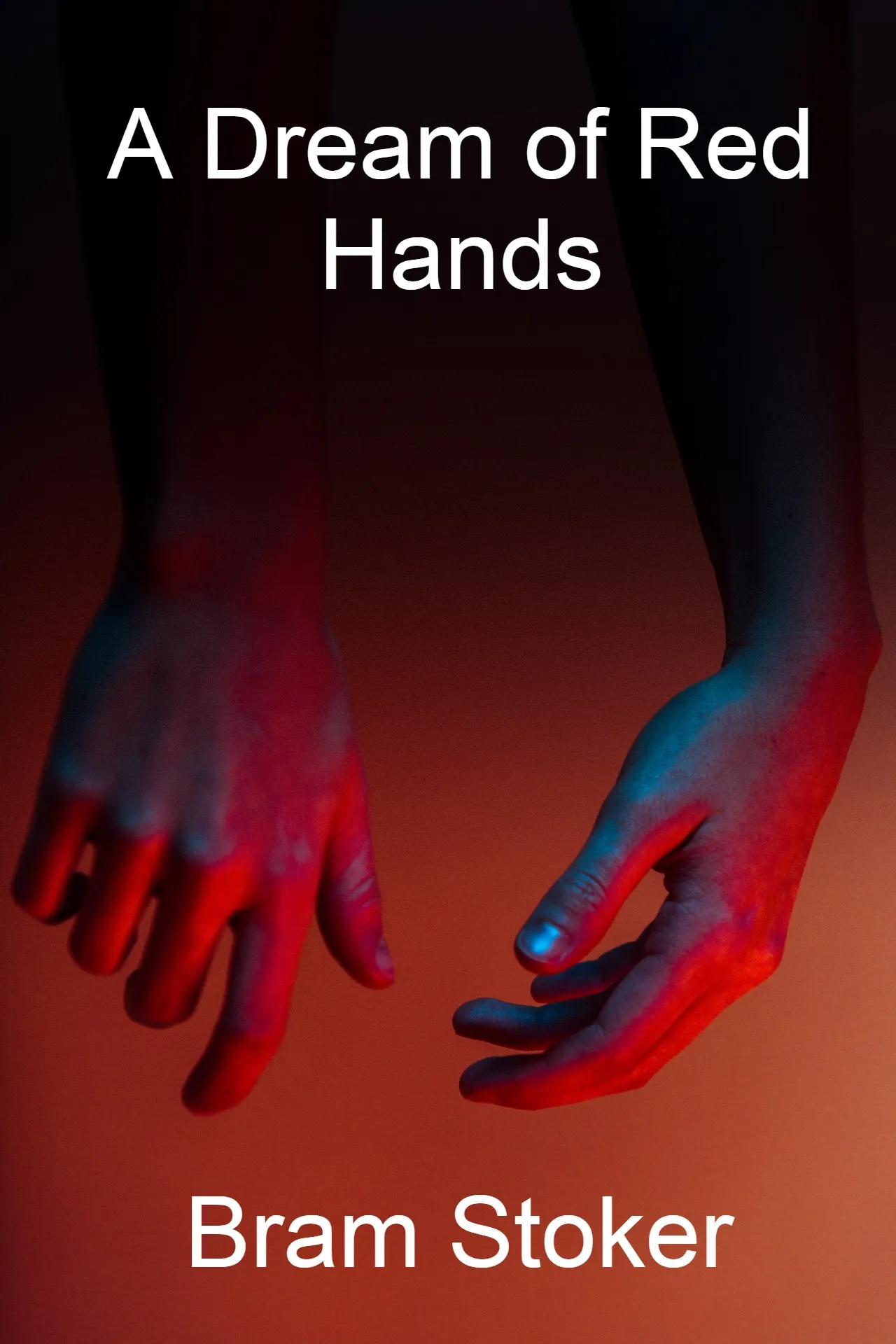
"A Dream of Red Hands" is a short story by Bram Stoker. It was first published in the July 11, 1894 issue of The Sketch: A Journal of Art and Actuality, London.
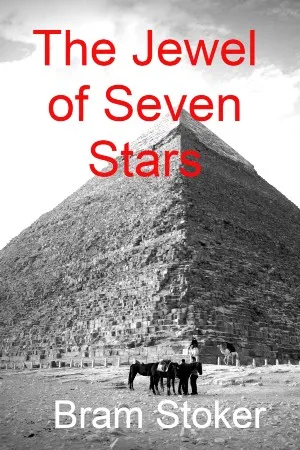
Sister Projects.sister projects: Wikipedia article, quotes, Wikidata item.
The Jewel of Seven Stars (also published under the name The Jewel of the Seven Stars) is a horror novel by Bram Stoker first published in 1903. The story is about an archaeologist's plot to revive Queen Tera, an ancient Egyptian mummy.
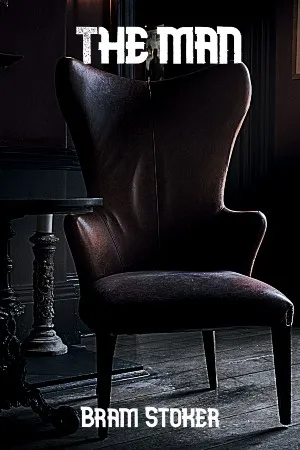
The Victorian Era, the reign of Queen Victoria from her coronation on 20 June 1837 to her death on 22 January 1901, is known as a long period of peace, prosperity and national pride for the British Empire. It was a bold transition from the Georgian era, largely defined by logic, rationalism and a progression towards romanticism and mysticism in religion, societal values and the arts. In international relations, the Georgian era was widely regarded as a period of peace and Britain involved themselves in little external conflict. However, within the American colonies there was much unrest. In British domestic relations, the political agenda became increasingly liberal and was marked by shifts toward political, industrial and social reform. During the Victorian era, Britain experienced an unprecedented economic and population growth.

"To win the mystery o' the sea,
"An' learn the secrets that there be,
"Gather in ane these weirds three:
"A gowden moon on a flowin' tide;
"An' Lammas floods for the spell to bide;
"An' a gowden mon wi death for his bride."
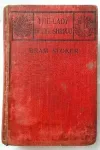
A strange story comes from the Adriatic. It appears that on the night of the 9th, as the Italia Steamship Company's vessel "Victorine" was passing a little before midnight the point known as "the Spear of Ivan," on the coast of the Blue Mountains, the attention of the Captain, then on the bridge, was called by the look-out man to a tiny floating light close inshore. It is the custom of some South-going ships to run close to the Spear of Ivan in fine weather, as the water is deep, and there is no settled current; also there are no outlying rocks. Indeed, some years ago the local steamers had become accustomed to hug the shore here so closely that an intimation was sent from Lloyd's that any mischance under the circumstances would not be included in ordinary sea risks. Captain Mirolani is one of those who insist on a wholesome distance from the promontory being kept;
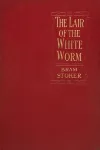
Also known as The Garden of Evil, is a horror novel. It was originally published in 1911, the year before Stoker's death. In 1925, it was abridged from forty chapters, down to twenty-eight, with editorial revisions. It was later adapted into a film in 1988 by Ken Russell. The plot focuses on Adam Salton, originally from Australia, who is contacted by his grand-uncle, Richard Salton, in 1860 England for the purpose of establishing a relationship between these last two members of the family. His grand-uncle wants to make Adam his heir. Adam travels to Richard Salton's house in Mercia, Lesser Hill, and quickly finds himself in the centre of mysterious and inexplicable occurrences
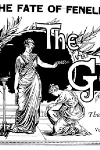
The publishers claim with no little satisfaction that in this book they offer the reading public a genuine novelty. The idea of a novel written by twenty-four popular writers is certainly an original one. The ladies and gentlemen who have written "The Fate of Fenella" have done their work quite independently of each other. There has been collaboration but not consultation. As each one wrote a chapter it was passed on to the next, and so on until it reached the hands of Mr. F. Anstey, whose peculiar and delightful humor made him a fitting choice for bringing the story to a satisfactory close.
NEW YORK
CASSELL PUBLISHING COMPANY
104 & 106 Fourth Avenue